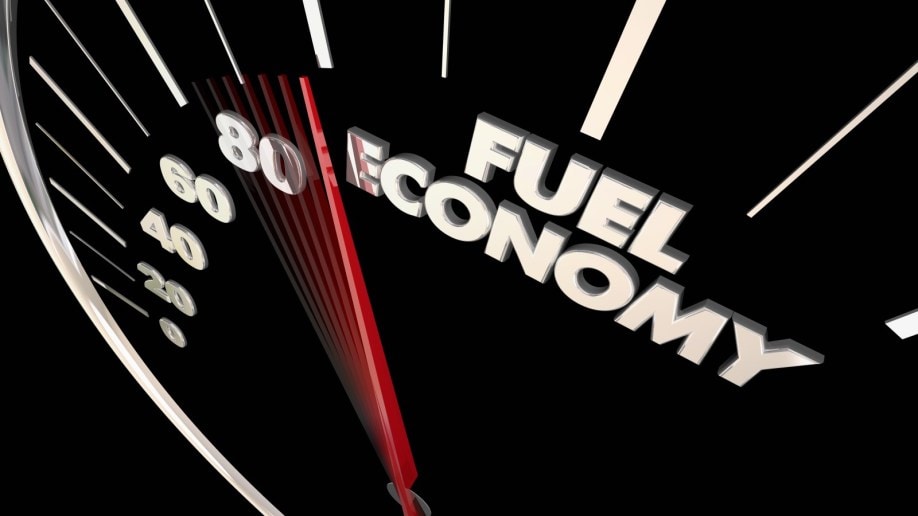Fuel economy is a rating of how far a vehicle can travel on a specific amount of fuel. The less fuel the vehicle uses, the higher the fuel economy. In the United States, the standard measure of fuel economy is miles per gallon (mpg). This measure refers to how many miles a vehicle can travel using one gallon of fuel.
The U.S. Environmental Protection Agency (EPA) reports a vehicle’s fuel economy rating in three driving cycles: city, highway, and combined. Battery-electric vehicles (BEV) and plug-in hybrid vehicles (PHEV) are EPA-rated by a miles-per-gallon equivalent (MPGe).
In addition to the vehicle’s design (size, engine output, transmission type), fuel economy depends on several factors. You have to consider your driving habits. As a rule, the faster you drive, the more gas you’ll use, even in the most fuel-efficient vehicles. Because a car has to overcome greater resistance (wind and rolling) to accelerate and maintain higher speeds, its engine works harder, which burns more fuel. Your engine also works hard if you’re doing a lot of city driving, where frequent stops and starts can consume fuel more quickly.
Proper upkeep can impact the fuel economy of your vehicle. Without regular maintenance, your car may not continue to operate at peak performance and become less efficient over time.
Weather can also impact fuel economy. Extreme cold can have a negative effect by inhibiting the engine from reaching optimal running temperature and increasing air and rolling resistance. Cold significantly affects hybrids and electrics, as lower temperatures can decrease their batteries’ charge. Also, running the vehicle’s heating-and-cooling system can tax the fuel economy during hot or cold weather.








